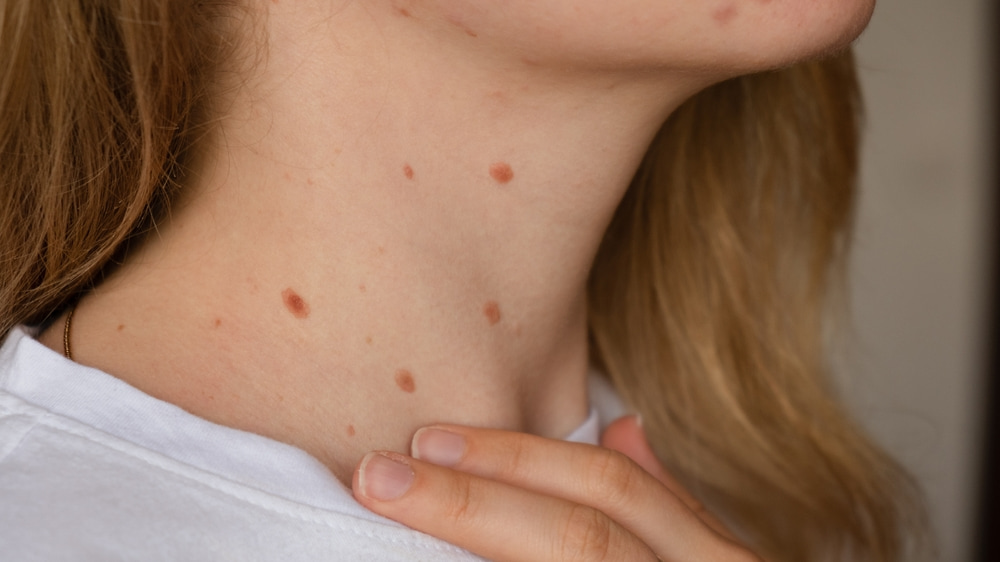Warts are small, benign growths on the skin caused by the human papillomavirus (HPV). They can appear anywhere on the body, from the hands and feet to the face. While warts are generally associated with areas that experience more friction or contact, such as hands and knees, warts can appear on less typical areas like the scalp or neck.
Warts on the scalp and neck are not uncommon, though they are less frequently discussed. Individuals who notice unusual bumps or skin growths in these areas often seek professional advice, especially for Warts Removal in Dubai, where skin care is an important aspect of personal wellness and appearance.
Why Do Warts Appear on the Scalp or Neck?
HPV and Its Spread
The development of warts on any part of the body, including the scalp or neck, is caused by the HPV virus entering the skin through micro-abrasions or tiny cuts. Since the virus thrives in warm, moist environments, the scalp, especially under long or dense hair, and the neck are both vulnerable areas. Scratching, shaving, or other skin irritations can increase the risk of contracting the virus in these regions.
Skin-to-Skin Transmission
HPV is highly contagious and can be transmitted through direct skin-to-skin contact. Shared personal grooming items such as combs, razors, or towels can also spread the virus to the scalp or neck. In communal environments or through close contact, the likelihood of spread increases, making hygiene and preventative care essential.
Types of Warts That Can Develop on the Scalp or Neck
Common Warts (Verruca Vulgaris)
These are rough, raised lesions that may appear singly or in clusters. They can be found on the scalp and are sometimes confused with other conditions like seborrheic keratosis or skin tags. Because of hair coverage, they may go unnoticed until they grow or become irritated.
Flat Warts
Flat warts are smoother and smaller than common warts. They often appear in groups and may spread across the neck. They are more common in younger individuals and are less likely to cause physical discomfort, but can be cosmetically concerning.
Filiform Warts
These are long, narrow projections that often appear around the face and neck. Their distinctive shape makes them more noticeable, and they can be easily irritated by clothing or grooming habits.
Recognizing Warts on the Scalp and Neck
Warts in these locations might not be visible at first, particularly if hidden under hair. However, common signs include:
- Raised, rough-textured growths
- Itching or tenderness, especially if scratched
- Bleeding or irritation when combing or shaving
- Unusual skin changes around the hairline or nape
If any of these symptoms are present, a professional examination is recommended to confirm the diagnosis and rule out other skin conditions.
Are Warts on the Scalp or Neck Harmful?
Benign but Contagious
Warts are typically non-cancerous and harmless. However, they are contagious and can spread to other parts of the body or other individuals. On the scalp or neck, they can be more challenging to manage due to hair interference or constant friction from collars and accessories.
Treatment Options for Warts on the Scalp or Neck
Non-Invasive Therapies
Over-the-counter topical treatments exist but are less effective for warts on the scalp due to the difficulty of application and limited penetration through hair. However, in mild cases, they can be a first step.
Cryotherapy
Cryotherapy involves freezing the wart using liquid nitrogen. It is a popular clinical method due to its minimal invasiveness and effectiveness. It may require multiple sessions, especially for deep-rooted warts.
Laser Therapy
Laser treatment targets the wart’s blood supply, destroying the growth without harming surrounding tissue. This method is particularly useful for hard-to-reach areas like the scalp and is widely used in Warts Removal clinics for precision and reduced recurrence.
Electrosurgery or Curettage
This involves scraping off the wart or using an electric current to destroy the tissue. It is effective but usually reserved for persistent or large warts that don’t respond to other treatments.
When to Seek Professional Help
Warts can sometimes go away on their own, but this process can take months or even years. If the wart:
- Changes in size, color, or texture
- Causes discomfort or pain
- Spreads to other areas
- Doesn’t improve with at-home care
Then it’s time to consult a specialist. In regions like Dubai, where medical aesthetics and dermatology are advanced, professionals offer safe, effective treatments tailored to different skin types and tones.
Final Thoughts
Warts can indeed appear on the scalp and neck, though they may be harder to detect and treat than warts on more exposed areas. Understanding how they form, how to recognize them, and when to seek treatment is crucial for managing them effectively. Left untreated, these warts may spread or irritated, especially in visible or sensitive areas. Whether you are dealing with a single wart or multiple lesions, modern dermatology offers reliable options to restore skin health and confidence. For residents and visitors seeking wart removal, the city offers a wide range of advanced treatment options tailored to meet individual skin needs with precision and care.





Comments